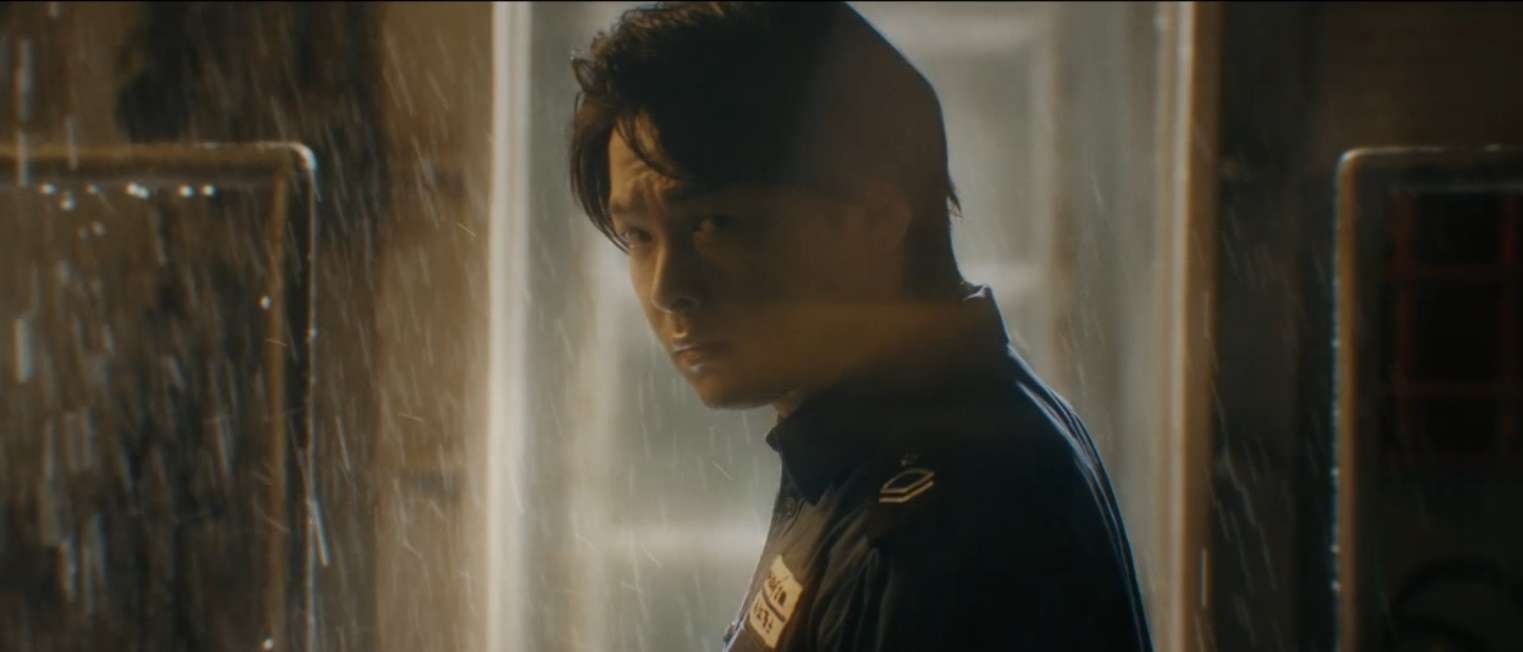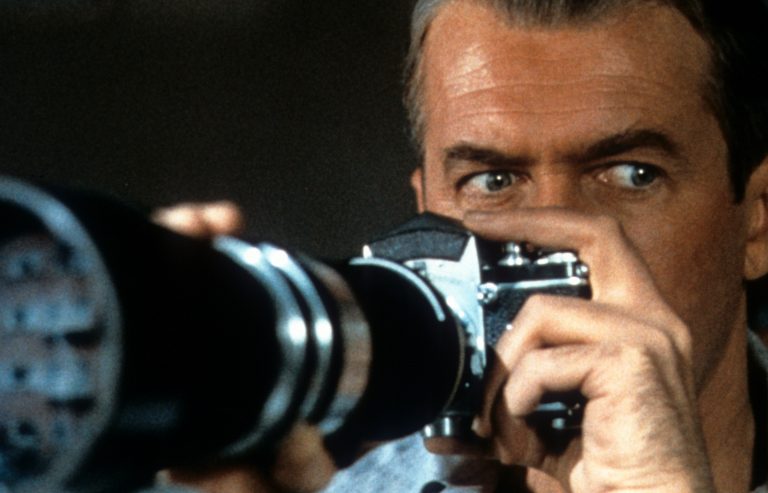“The Silent Service: The Battle of Tokyo Bay” (Finale) presents a gripping narrative that delves into themes of world peace, military power, and the pursuit of diplomatic solutions. The series explores the intriguing dynamics of international relations, focusing on Kaieda’s quest to establish a supranational military force that aims to combat aggressors and foster global peace. The series leaves you on the edge with new tricks up Kaieda’s sleeves and interesting responses from the Japanese and US political offices.
This article contains spoilers.
The Silent Service: The Battle of Tokyo Bay (Finale) Review:
“The Silent Service” explores some interesting themes on world peace and ideas to achieve it. They also explore the idea of one country being a superpower and having a say in every other country’s policies and how it can be dealt with. When it comes to storytelling, initially, it was made clear what a smart man Kaieda is, but despite the repetitive portrayal of his brilliant mind, as an audience, you can enjoy the story. It also brings to light why humans love conflict, and Steigner’s character brings a fresh perspective to the situation. A military man could not put aside personal vendetta and see what is best and act. However, what’s flat in the series is the character arc. There are strong characters in the show, but we didn’t see a lot of highs and lows.
The Silent Service: The Battle of Tokyo Bay (Finale), Episode 7 ‘Yamato Vs. Japan, Alliance Negotiations’ Recap:
The episode begins with a negotiation between Yamato and Japan. Kaieda wants to create a supranational military, and this surprises the US President and the Prime Minister of Japan. Kaieda proposes his conditions for the treaty to take place. In exchange, Kaieda asks for only one thing from Japan, i.e., to provide supplies for Yamato’s citizens, which also includes fuel necessary for torpedoes and nuclear weapons. However, Yamato will provide nothing to Japan other than the creation of a peaceful world.
Kaieda explains that he doesn’t want one nation to dominate the world. In fact, he wants to use military power to fight aggressors and create world peace. Subsequently, Prime Minister Takega and others discuss further how to handle the situation. Simply signing a treaty with Yamato means they are switching sides from America to Yamato, which might create a problem. They come up with a solution in which they can sign the treaty and yet maintain a friendly relationship with America.
Takega tells Kaieda he can sign the treaty if Japan can maintain diplomatic relations with America or any other country. To which Kaieda agrees. The next condition is if Yamato decides to attack, it needs to inform Japan beforehand, and in such situations, the command will be with the Japanese Self-Defense Forces (JSDF). Kaieda agrees and emphasizes that Yamato will attack only for self-defense and will never make the first move.
Takega takes it a step further by calling a UN meeting to let the institution guide both Japan and Yamato. Kaieda agrees to all conditions. The President of the United States, Bennet, calls and asks to talk to Kaieda. He asks Kaieda if he will disarm Yamato as per UN guidelines. However, Kaieda refuses as the arms are a form of self-defense. Subsequently, Kaieda asks if the US will disarm itself, considering they are a nuclear superpower. The US thinks that’s a foolish thought as they are the leaders who promote peace and hold command. Takega stops the conversation and requests to call an emergency UN meeting in New York. Yamato and Japan sign the treaty.
Bennet and the military see this as an opportunity to sink Yamato. Admiral Steigner is on the ship to command and take down Yamato. JSDF mobilizes and conducts repairs and resupply on Yamato on the Southern Cross. After the meeting, Kaieda is leaving, and one of the journalists insists on asking Kaieda one question, and he agrees to respond. She asks him if Yamato has nuclear weapons, and he responds by saying yes.
Fukamachi has been ordered to help Yamato, and they are planning how to distract the US Fleet and buy time for Yamato. They set sail, and torpedoes hit them. They use Tatsunami as a shield for Southern Cross, but one torpedo misses and hits it. Kaieda instructs his men to take over and calls Fukamachi. While they are on call, more torpedoes are fired, and Kaieda advises him to use the sunken ship to deflect the torpedoes, and that’s exactly what he does. The US, however, is firing from all sides, creating a problem for Southern Cross and Fukamachi. Kaieda decides to set sail with Yamato. Fukamachi makes a tough decision to fire if necessary as he does not want the battle to take place in Tokyo Bay, but the US is ceaselessly firing.
The Silent Service: The Battle of Tokyo Bay (Finale), Episode 8 ‘Tatsunami Sinks’ Recap:

The episode begins with Fukamachi preparing to fire torpedoes. Admiral Steigner does not think Japan has it in them to fire, but he is in for a surprise. Fukamachi fires and sinks one of their submarines. Their torpedoes hit the Southern Cross. Southern Cross starts to sink, and Yamato departs. They make it out of Southern Cross at the last second. Admiral Steigner asks the submarines and Fleet to attack continuously, and Tatsunami going down is collateral damage.
Yamato prepares for combat. The cabinet ministers in Japan are worried because of the attacks. They are unsure what to do as Fukamachi has fired torpedoes. Sonezaki thinks it is the right move as the US is firing in Japanese waters. Unabara has an idea. He calls journalist Hiromi Ichiya and asks her a favor. Yamato is blasting classical music like before. Yamato escapes US torpedoes, taking cover on the sea bed while making sure their attacks are a hit.
Moreover, Yamato pursues one of the submarines which enter the US zone of attack. Steigner decides to fire from all of the Fleet and submarines, but it backfires as Yamato reverses and turns around. Fukamachi wants to pursue Yamato. Nevertheless, the second in command reminds him that they must protect Yamato. Fukamachi is conflicted. They get close to Yamato, but Yamato does not move, and this upsets Fukamachi.
The enemies are firing torpedoes, and in the split second, Fukamachi decides to protect Yamato. They act as a shield so the torpedoes don’t hit Yamato. Tatsunami is now sinking, and Fukamachi is trying everything to make the submarine float. Numata steps up as well and gives a warning to the US Fleet to leave, as firing in Japanese water will not be tolerated. Kaieda is impressed.
The Japanese Fleet decides to move in the direction of the US fleet. Meanwhile, Hiromi goes on air and states the facts that she knows. She tells the world that Yamato may have nuclear weapons, and after promising for a UN meeting, the US has decided to attack Yamato. Kaieda decides to help Tatsunami by firing a torpedo and making it float. At the same time, the Tatsunami blows up its main tank; they are floating. Steigner does not want to stop the attacks.
This idea works as Bennet calls the Prime Minister, and they talk. Unabara tells the President that the journalist is speaking the truth and asks him if he wants to start a nuclear war. Bennet says he wants peace, and Unabara tells him to ask his men to stop the attacks. Everyone aboard Tatsunami is celebrating. Boyce asks Steigner why he is behaving like a madman. Steigner says if you let one of them go, they take away everything and remove his sunglasses to show a damaged eye.
The Silent Service: Battle of Tokyo Bay (Finale) Ending, Explained:
Can the US Fleet sink Yamato?
Boyce is losing his patience, and as they fight, Yamato fires a torpedo. The US tries to deflect it, but the torpedo is in front of them, and then they realize that it is a dud. By then, Bennet gives the order to retreat, but Steigner does not care and wants to sink Yamato. Boyce takes command and informs him that he isn’t behaving like a military man but a terrorist, and he will be court marshaled for it.
Tatsunami calls for rescue, and helicopters arrive. Hiromi quits her job to pursue truth in her own way. The Japanese politicians prepare for what’s coming next. Bennet calls Kaieda a creature of the sea. Yamato sails towards the Pacific, and Kaieda is listening to classical music. He tells the crew to prepare as a storm will be waiting for them. Kaieda, in the end, has won a tiny battle. However, he is going to be facing a bigger one in season 2.
It is going to be interesting to see if Japan will stop being a puppet to the US and step up as Kaieda wishes or, as always, the US will get its way. Fukamachi, in the end, did go against his principles and stood with Yamato. We also understand Steigner’s desperate need to have a win. The trauma from the past is making him beast-like. The decision from the UN will be another battle that Kaieda needs to win.

![Tiger King [2020] Netflix Review – Deadly Abhorrent Creatures and Poor Big Cats](https://79468c92.delivery.rocketcdn.me/wp-content/uploads/2020/03/Tiger-King-2020-768x432.jpg)




